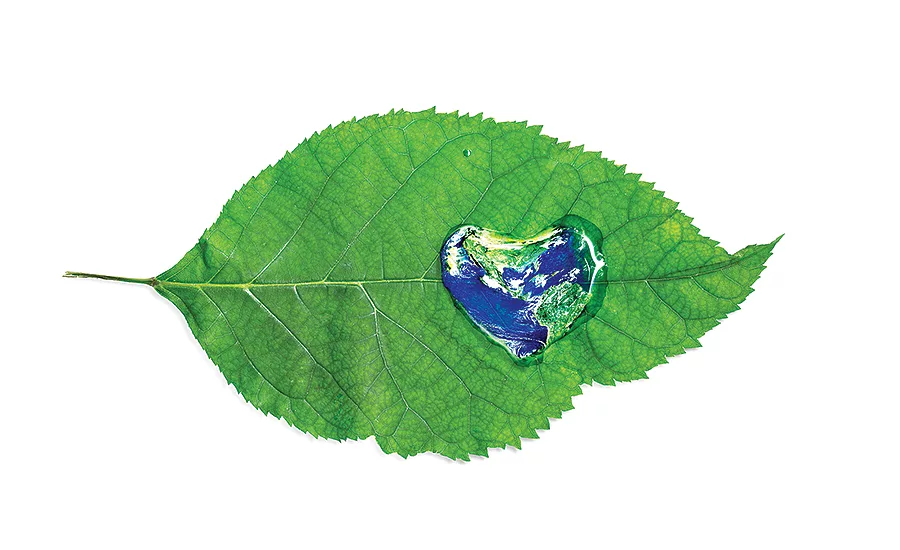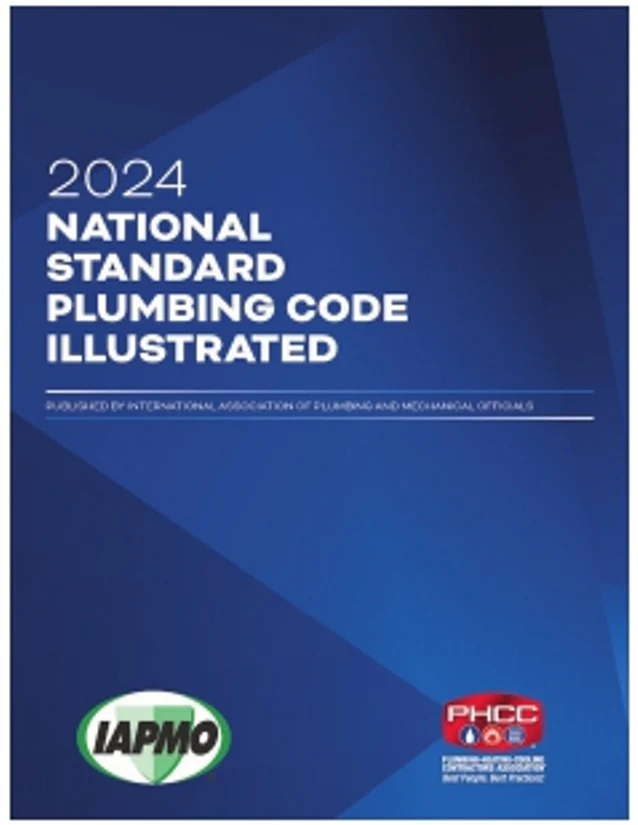Gary Findley: Training plumbers to think like conservationists

Every single day, plumbers respond to every kind of plumbing emergency, service and repair. However, there’s a huge opportunity to strengthen their role while answering those calls.
There is both an education hurdle for the consumer and a reminder for service professionals to remember the role that plumbers have in protecting one of the world’s most precious resources: the water supply.
For every phantom flush, every extra minute to “warm up the shower,” every slow drip of a sink or faucet and more, professionals are surrounded with opportunities to educate consumers on when and where they can take action on these issues and also improve their own pocketbooks.
This is all part of training your staff to focus on conservation and include it on every customer service call. For all the energy that goes into being on time, responding quickly and getting the job done, just as much energy can go into educating customers on the many benefits of saving water.
BRINGING CONSERVATION TO THE FOREFRONT
Many people do not realize how much water they consume on a daily, monthly or annual basis. They do not realize they can use their water bill as a guide to spot leaks early, or that one flush of an outdated toilet uses approximately three gallons of water — the same amount that many people around the world live on per day.
For these reasons, it is our duty to educate the public about the options that exist to put money back into their pockets while shrinking their water footprint. These options include switching to more efficient toilets that use less than 1 gpf, or giving tips on how to execute minor repairs for things such as a running toilet. Awareness is the first step in making a difference.
This not only initiates a conversation that will save homeowners money in the long run, but it also creates common ground between the plumber and the customer based on a shared value of water conservation.
TAKING ACTION
These conversations are a tool for education and simultaneously create a reason to inspect or investigate potential issues within their existing plumbing system. Through these routine inspections, homeowners become aware of potential problems that can cost many dollars in damages as well as untold gallons of water that are unnecessarily wasted.
After the inspection, plumbers should walk a customer through the results. By walking them through their findings, whether it was good, bad or somewhere in between, it will build respect for the profession and the professional who answered the call.
When the customers see you are there to help them save water and money while preventing a total disaster that could cost thousands in repairs, they have an open mind for solutions and repairs.
One of the tools we encourage our customers to utilize is an online water waste calculator (www.bluefrogplumbing.com/water-waste-calculator). Here, they can see for themselves how much of an impact a slow-dripping or fast-running faucet has on their wallet and their water footprint on a daily basis. They simply do not realize how much water is wasted by a small leak, let alone a large one.
After seeing how a leak or dripping faucet impacts their water bill and learning how a small repair can solve the problem, they have the choice to make a change.
TIPS FOR SAVING WATER
Reuse greywater. Encourage customers to recycle gently used water from bathroom sinks, showers, tubs, and washing machines to water their yards. While they let their showers warm up or let the water run while brushing their teeth, they can save the water that comes out to water the yard. If the city allows, clients can opt to install a greywater recirculation system.
Choose efficient fixtures. These fixtures range from water-saving toilets and low-flow shower heads and sinks with auto-shutoff mechanisms to water-efficient washing machines and dishwashers. An efficient dishwasher will use 4 gallons per cycle whereas some older models use up to 13 gallons.
Fix or update leaky faucets and toilets. Older toilets can use 3 gallons of clean water with every flush, but new toilets use as little as 1 gallon. Dripping faucets also seem like a minor problem, but they can waste up to 2,700 gallons of water per year.
Utilize a water bill to detect leaks. Water bills are a road map for water usage. Use them to compare how many gallons you have used every month; if you see slow increases in usage, minus the usual watering of the yard or filling of the pool, most likely there is a larger issue at hand like a leak or a running faucet.
By showing plumbers the power they wield when it comes to educating their customers on simple ways to make a difference and giving technicians the tools and knowledge they need to execute, the end result will be better for the plumbing technician, the customer and the world.
Looking for a reprint of this article?
From high-res PDFs to custom plaques, order your copy today!






